We thought we should at least visit the Alcazar here since it is one of the most emblematic monuments in the city and we’ve been a little slack in the touristo department having skipped this wonderful relic on our last 2 visits. The Alcazar, or walled city, was built in 12th century and is one of the few examples of Almohade architecture that still exists in the Iberian Peninsula. While not as extensive as the Alhambra in Granada, it was quite grandiose back in the day, as Jerez was an important city in Lower Andalusia with the Alcazar’s 4km long walls enclosing a population of some 16,000.
What’s left today is part of the fortress, the Arab baths, the royal gardens and pavilion, the mosque, and the octagonal tower and it was well worth poking around. I’m sure there are other things here we should visit but they’ll wait ‘till next time. Right now, there’s (yet) another glass of sherry calling our names.
Enjoy the photos!

Bartolome Fernández de Villavicencio inherited the Alcazar in 1664, and constructed a Baroque-style palace inside its walls as part of a larger restoration of the complex.
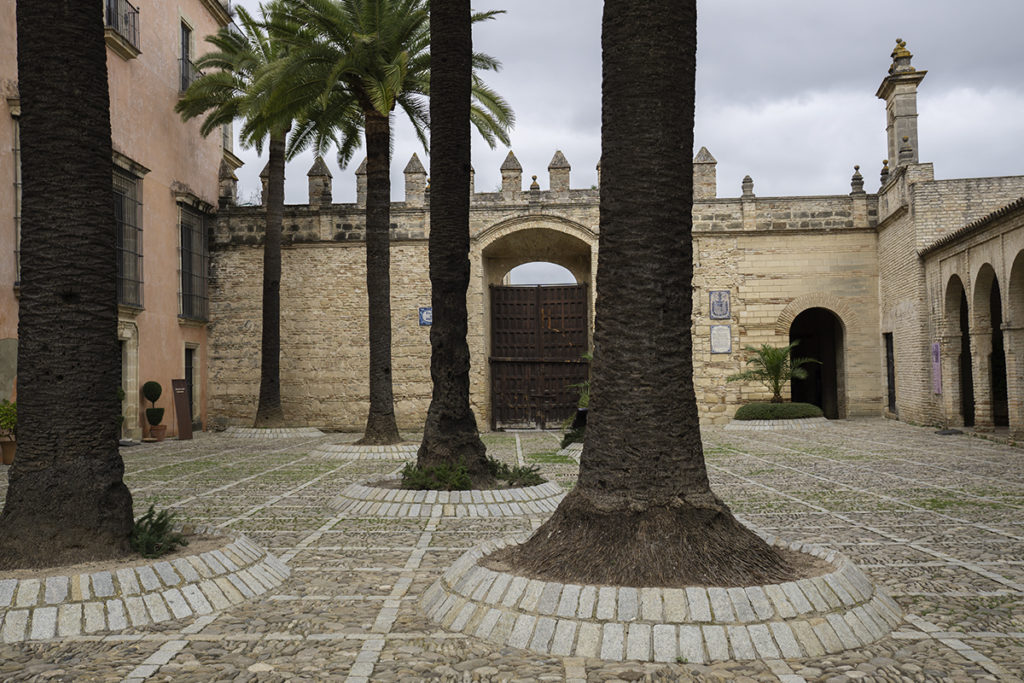
This open space was first used as a parade ground after the Christian re-conquest of Jerez.




The Alcazar’s mosque was built when the main part of the Alcazar was constructed, but was re-dedicated as a Christian church when the city was conquered by Alfonso X in 1264.


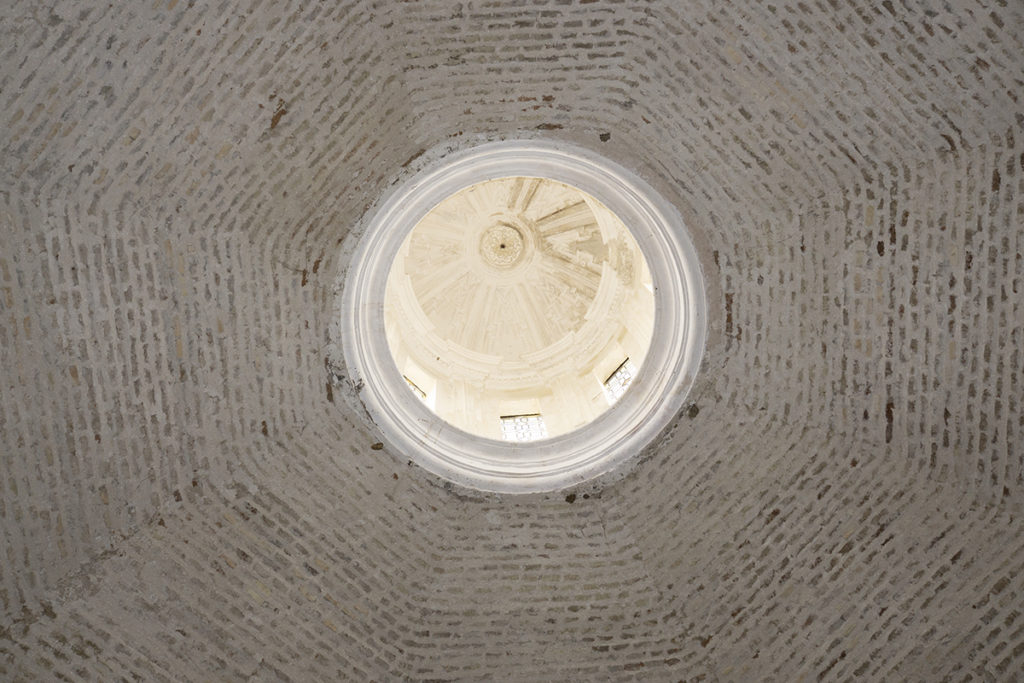
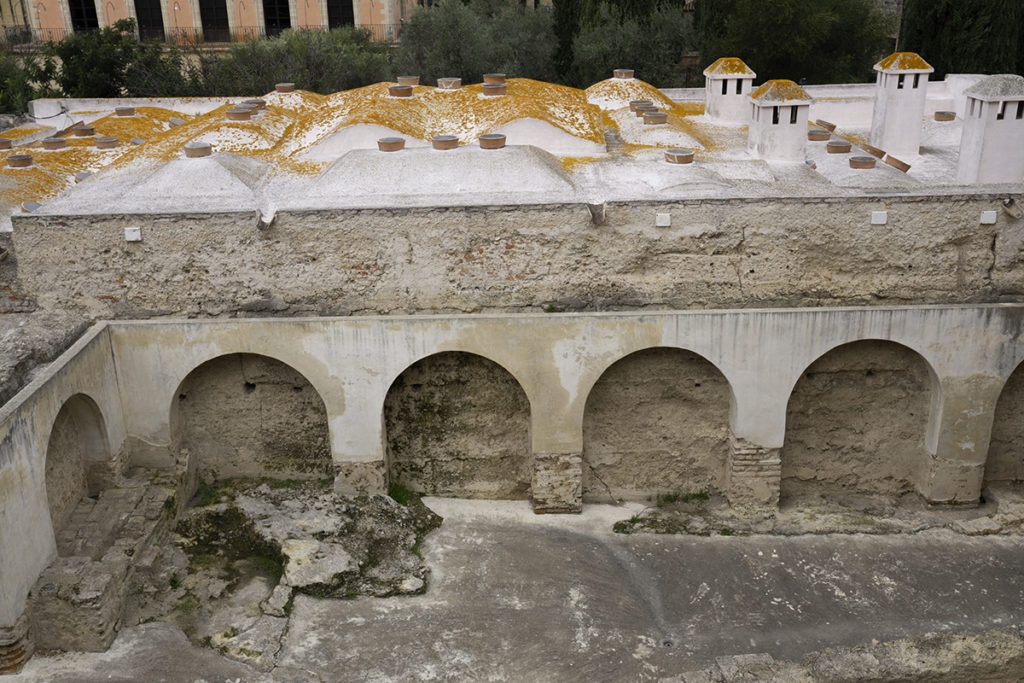
Heirs of the Roman baths, they present the classic division into three spaces:
The cold room, as a transit zone, before entering the wet zone. The temperate room, the widest, where massages were received and the bodies lathered. The hot room: where steam baths were taken. The temperature here was very high due to the proximity of the boiler and the heating system, hidden under the floor.


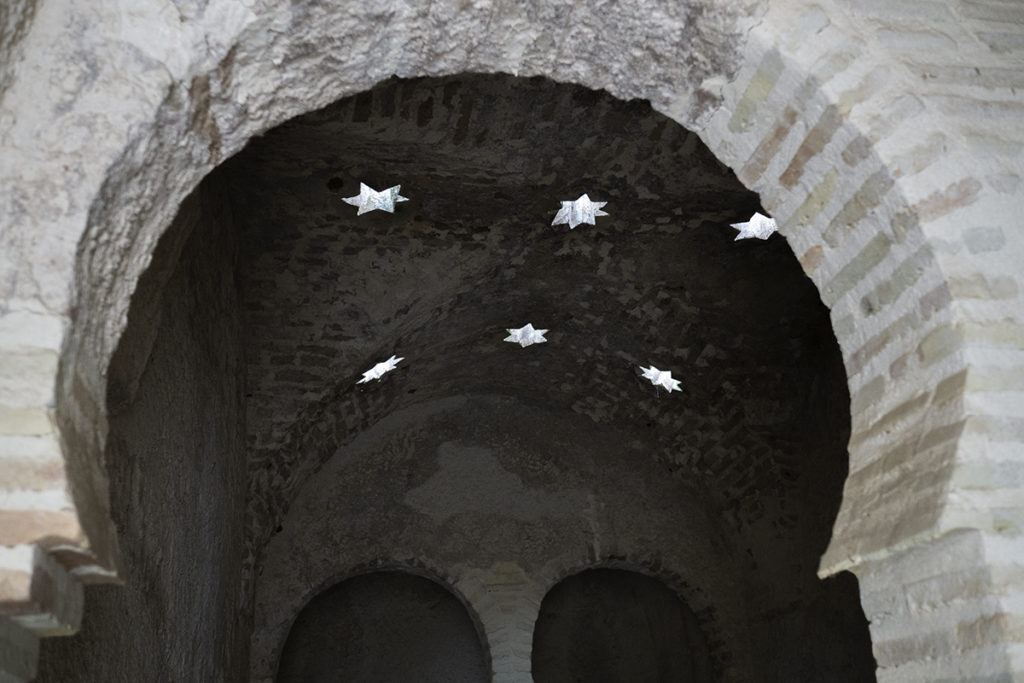
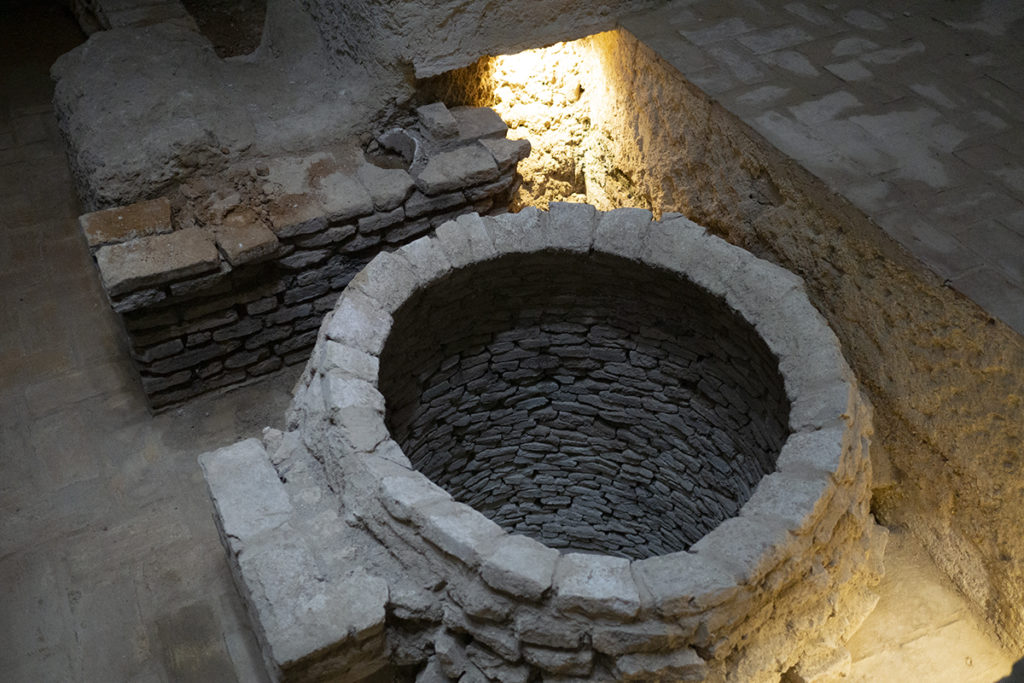



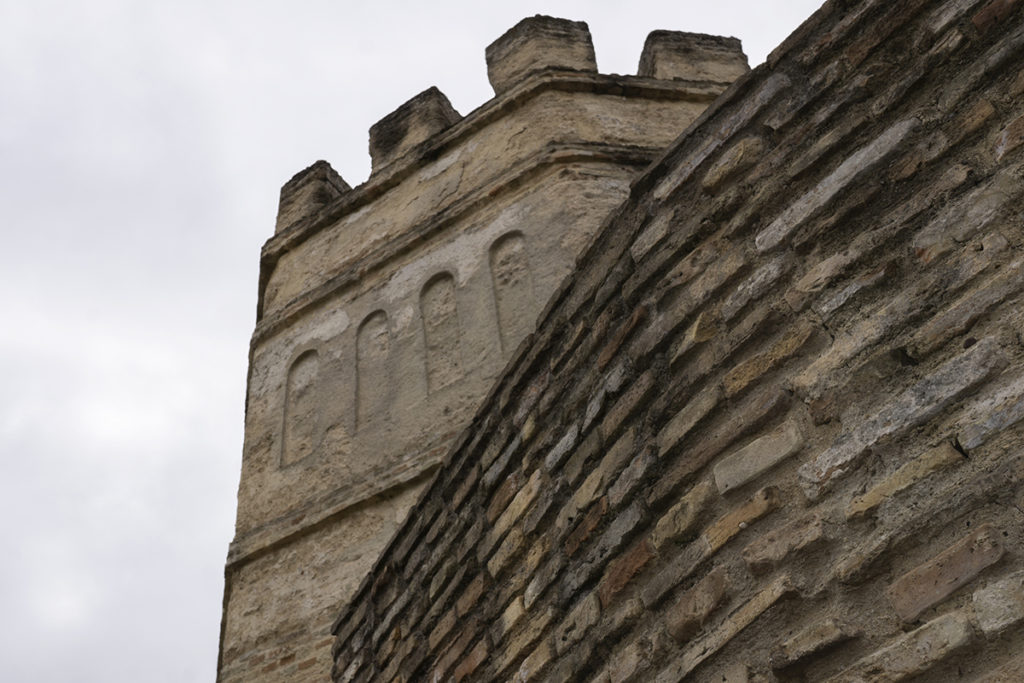
An original part of the Moorish fortress, the Octagonal Tower served as a watchtower due to the panoramic views it offered from its battlements.






